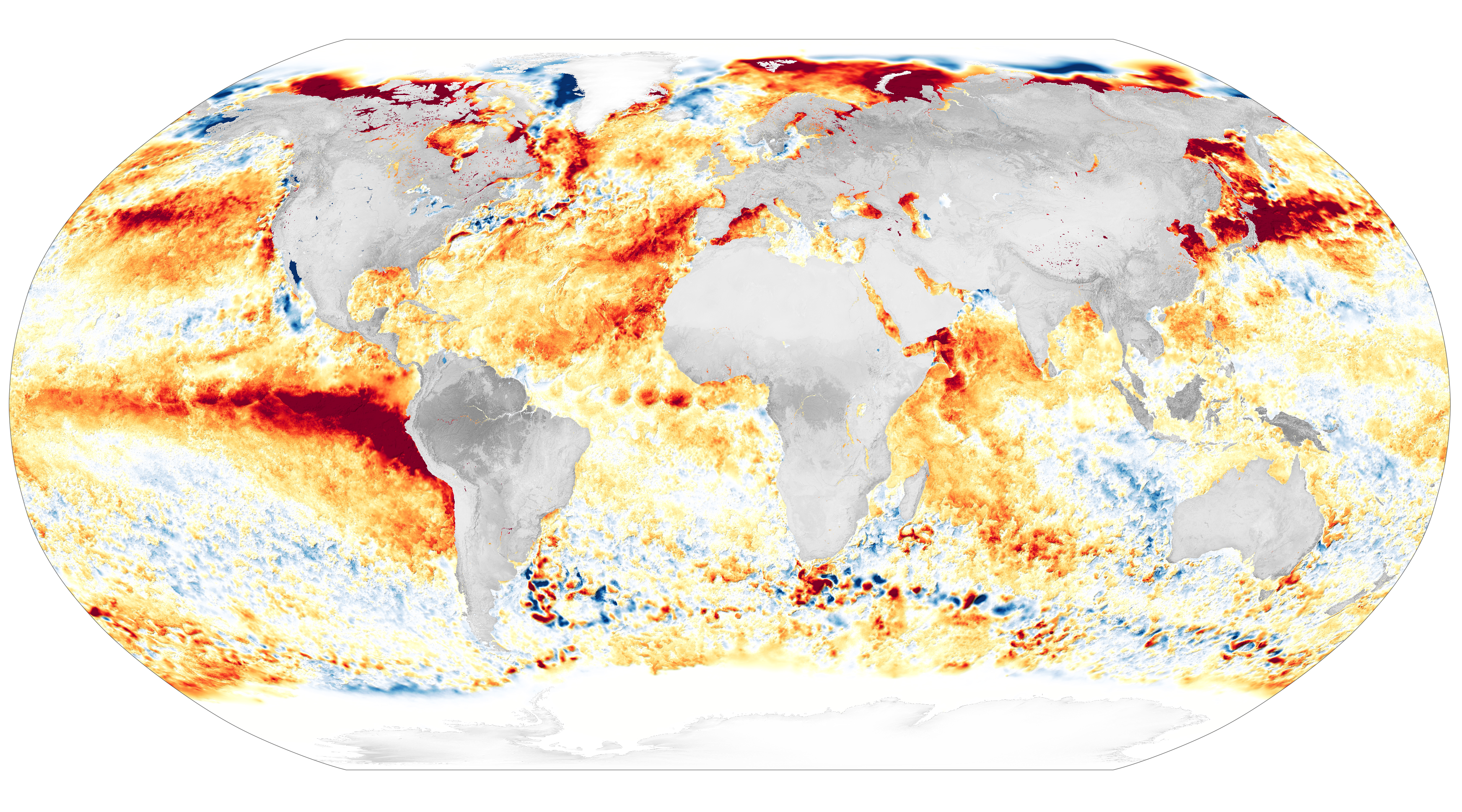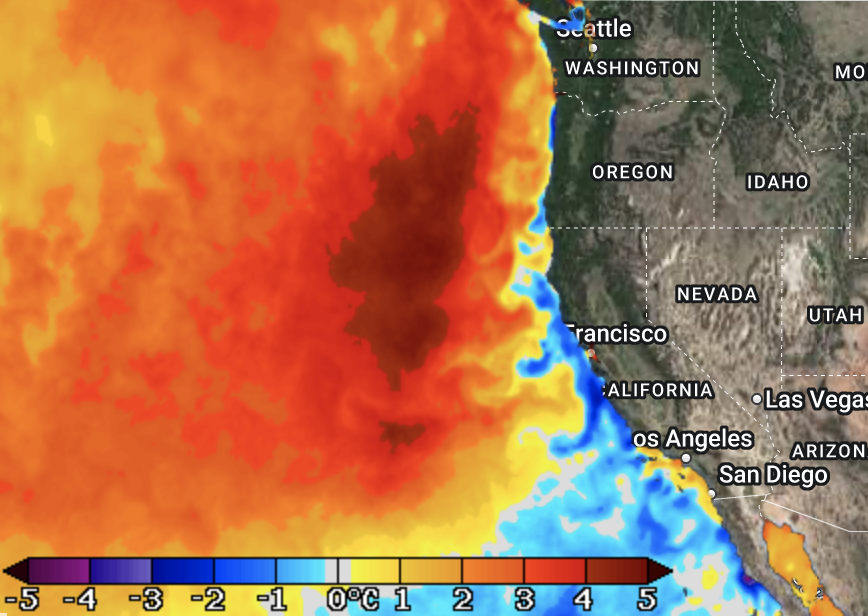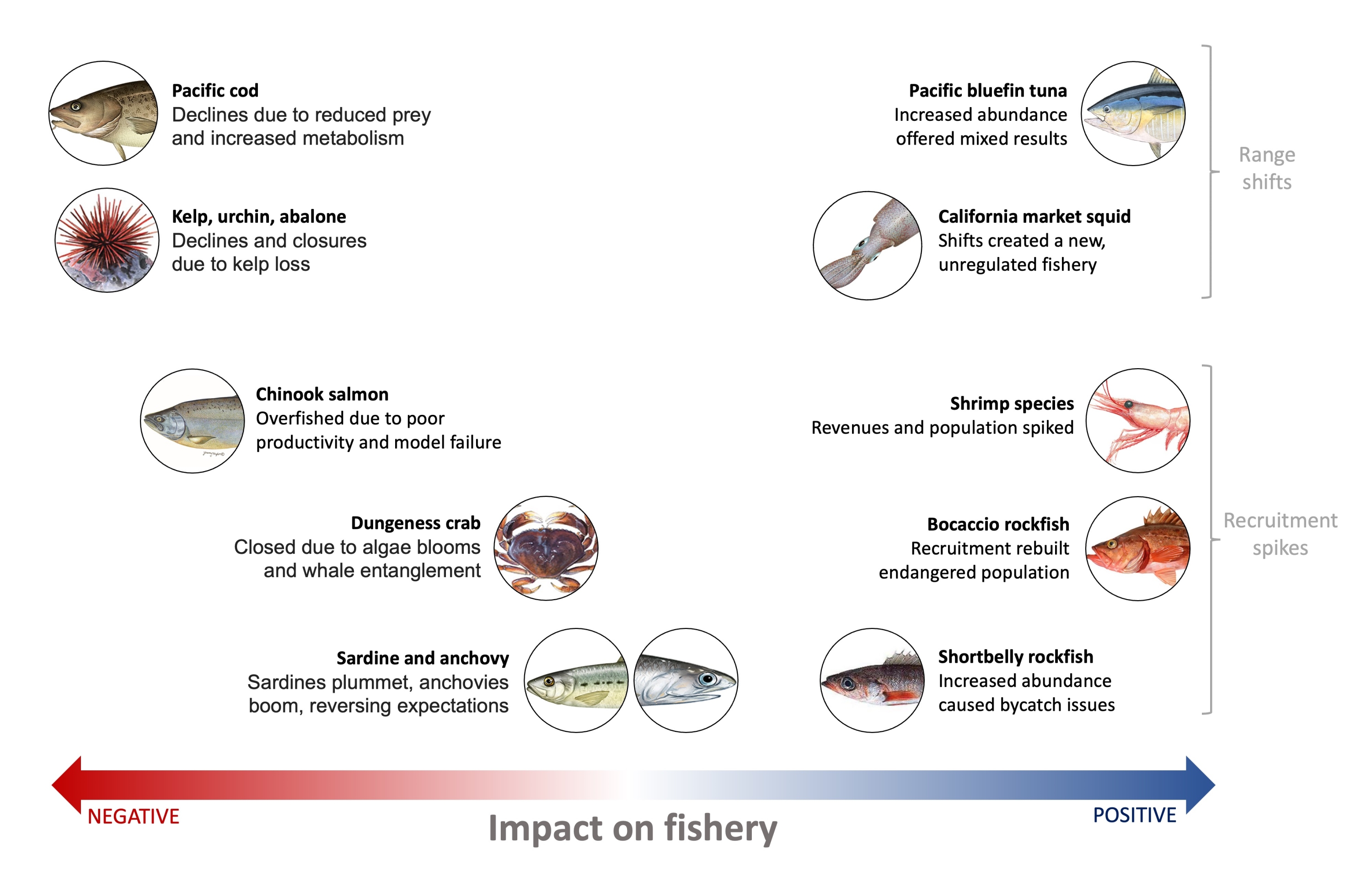October was 2023’s fifth month in a row of record-warm global temperatures on land, according to scientists from NOAA’s National Centers for Environmental Information. The warming on land is the highest it’s been in 100,000 years.
Sea surface temperatures also rose to record levels in 2023. Research shows that as much as 90% of the excess ocean heat that has occurred in recent decades is due to increasing greenhouse gas emissions.

A devastating decrease of Alaskan snow crabs occurred between 2018 and 2021 when the snow crab population off the coast of Alaska declined dramatically: “some 10 billion of the cold water-loving crustaceans disappeared, which represents around 90 percent of the region’s population.” This fishery disaster was caused by marine heat waves in 2018 and 2019 when the ocean water in the Bering Sea was consistently above average. The crabs’ metabolism speeds up, increasing their need for food and there just wasn’t enough food for the size of the population.
Livelihoods
On average, snow crabs bring in about $150 million of annual revenue for Alaskan fisheries. In the 2021-2022 crabbing season, that revenue fell to around $24 million. Some small Alaskan towns declared an economic and social emergency. With no economy, people – mainly indigenous in some places – may have to leave, becoming climate migrants and severing their connection to where has always been home.

Clams & Crabs
In August 2023 razor clam harvests were closed along most of the north and central Oregon coast due to high levels of domoic acid toxins -- a common result of algae blooms in warming waters. Razor clams are harvested commercially and locally for eating. High levels of domoic acid may impact the future Dungeness crab season because crabs eat razor clams.
The delayed 2015-16 crab fishing season followed the 2014-16 North Pacific marine heat wave and the subsequent algal bloom. “This event, which is considered a “climate shock” because of its severity and impact, tested the resilience of California’s fishing communities, researchers from Oregon State University, the University of Washington and National Oceanic and Atmospheric Administration’s Northwest Fisheries Science Center found.”
Scientists documented that when the Dungeness crab season was delayed, about two-thirds of all vessels stopped fishing temporarily; others switched to different fisheries or moved to more favorable locations.
The Blob
The “Blob”, in the Pacific ocean, from Alaska through Baja California 2014-2016, was a major marine heat wave event. During the “Blob” pacific sardine populations collapsed causing a multi-year fishery disaster and closure from California to Washington. At the same time, anchovy populations boomed.
Marine mammals and birds that consume anchovy have generally thrived since 2016. Scientists say that fluctuations in fisheries like these will become more common and more disruptive with climate change. The distribution of market squid, usually a warm-water species, shifted toward Oregon during the heatwave, with activity as far north as Kodiak, Alaska, creating a new fishery.
It’s not all bad news: research by scientists at the University of California, Santa Cruz shows that ocean ecosystems are more resilient than previously thought. Even though some species are hit hard by marine heat waves and subsequent toxic algal blooms, those heat waves, “in general have not had lasting effects on the fish communities that support many of the world’s largest and most productive fisheries” says lead author of a 2023 study, Alexa Fredston, assistant professor of ocean sciences at UC Santa Cruz.
















